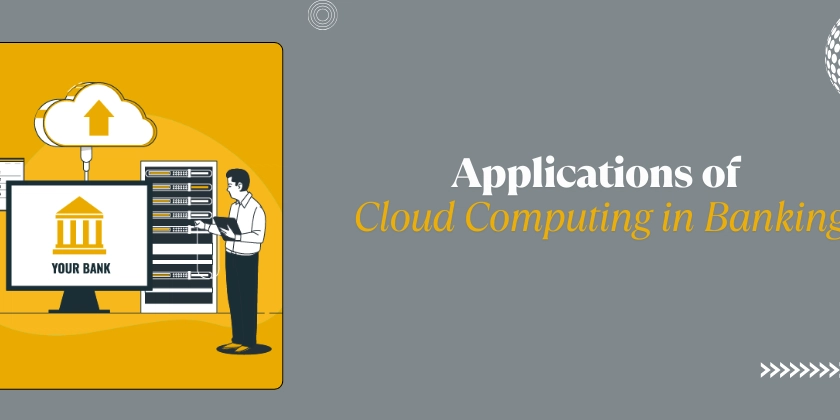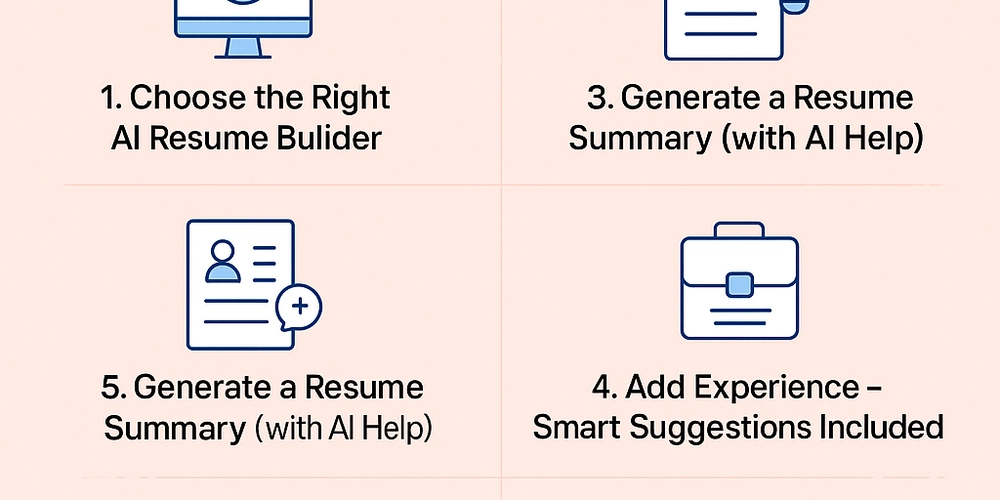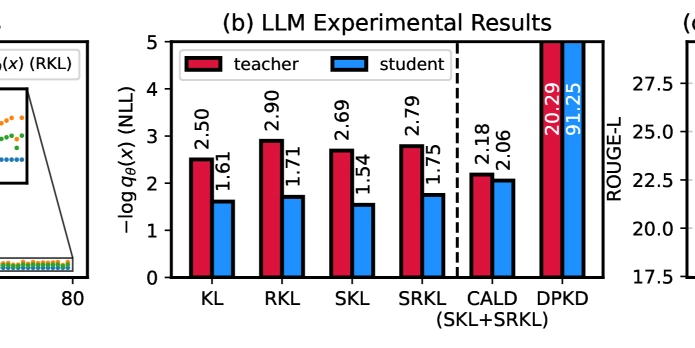Applications of Cloud Computing in Banking
Banking is changing from traditional branches to digital innovation. As customers expect instant services, personalized experiences, and mobile access, financial institutions have turned to cloud computing in banking to try to keep ahead of the game. Clouds are allowing them to increase security, bring down costs, and scale seamlessly. In fact, cloud technology is transforming financial services- from cloud banking applications that permit real-time payments to AI-driven fraud detection. As regulators become more aware of this, banks are finding more cases of cloud computing that can be used with regard to improved compliance, risk management, and customer experience. This shift isn't merely about staying ahead in the competitive landscape; rather, it's about modernization. This article unpacks several of the key applications of cloud computing in banking with an eye to interweaving them into the future of finance. What is Cloud Computing in Banking? Cloud computing in banking is basically the use of cloud-based infrastructure and service platforms to transform the pathways of customer service, upgrade security measures, and ease compliance with regulatory oversight. Banks resort to on-demand computing resources, such as storage, processing power, and analytics, which eliminate the need for traditional on-premises IT infrastructure, thereby allowing the banking sector to expand operations to perfection. The introduction of cloud computing in banking applications gives an edge in power and security, along with clients' cost efficiency, fast, personalized services, and security for better customer experience and transactions. Cloud Computing in Banking Use Cases The integration of cloud computing in banking applications is ushering in a change in the financial sector, rendering banking institutions more agile, secure, and customer-oriented. Banks no longer restrict themselves to practicing intense traditional IT infrastructures; rather, they leverage cloud-based solutions to foster innovation, risk management, and regulatory compliance. Let us examine some of the more unconventional applications of cloud computing in banking that are redefining the future of finances. 1. Secure Data Storage and Compliance Banks deal with an enormous volume of sensitive customer data, including personal details, financial transactions, and credit histories. The security of this data, along with compliance with stringent regulations like CCPA, GDPR, and PCI-DSS, remains a primary concern. Cloud providers, such as Google Cloud, Microsoft Azure, and AWS, offer advanced encryption, identity access management (IAM), and automated compliance tools that allow banks to protect sensitive data while adhering to regulatory standards. Example: In an effort to bolster data security while complying with changes in financial regulation, JPMorgan Chase has turned to cloud storage solutions, fostering the adoption of cloud encryption to ensure clear safeguarding against cyber threats. 2. AI-Driven Risk Management and Fraud Detection Digital banking is growing day by day. Fraud detection and risk mitigation have become core challenges facing banking institutions and, hence, financial transaction companies. Cloud-based AI models analyze large amounts of transaction data in real-time to identify anomalous patterns and fraudulent activities. Using machine learning algorithms hosted on cloud platforms, banks can process millions of transactions in seconds, thereby significantly reducing the chance of fraud with little impact on legitimate transactions. Example: According to HSBC, cloud-based AI-fueled detection of fraud is helping the bank unleash a potent tool to reduce false positives and bring down the financial risks associated with fraud. 3. Digital Banking and Advanced Customer Experience Today's customer really expects digital experience innovations to be in real-time and seamless. Cloud computing is backed into mobile banking apps, AI-driven chatbots, and omnichannel offerings, giving way to faster transactions, personalized insights for customers, and 24/7 assistance. Banking institutions have the scaling ability to deploy their service from this cloud digital banking platform powered by systems that are ready to deliver improved capabilities without heavy overall infrastructure upgrades. Example: The State Bank of India has built its banking services around cloud technology, their private cloud called “Meghdoot”, as highlighted in this article by Shiv Kumar Bhasin. By leveraging cloud computing, SBI is making sure that its services can be made scalable, cheaper, and more available to web consumers for smoother digital banking. The adoption of cloud infrastructure is crucial for the modernization of financial services and the optimization of operational efficiency. 4. Modernization of Core Banking Traditional core banking systems have long been considered s

Banking is changing from traditional branches to digital innovation. As customers expect instant services, personalized experiences, and mobile access, financial institutions have turned to cloud computing in banking to try to keep ahead of the game.
Clouds are allowing them to increase security, bring down costs, and scale seamlessly. In fact, cloud technology is transforming financial services- from cloud banking applications that permit real-time payments to AI-driven fraud detection. As regulators become more aware of this, banks are finding more cases of cloud computing that can be used with regard to improved compliance, risk management, and customer experience.
This shift isn't merely about staying ahead in the competitive landscape; rather, it's about modernization. This article unpacks several of the key applications of cloud computing in banking with an eye to interweaving them into the future of finance.
What is Cloud Computing in Banking?
Cloud computing in banking is basically the use of cloud-based infrastructure and service platforms to transform the pathways of customer service, upgrade security measures, and ease compliance with regulatory oversight. Banks resort to on-demand computing resources, such as storage, processing power, and analytics, which eliminate the need for traditional on-premises IT infrastructure, thereby allowing the banking sector to expand operations to perfection.
The introduction of cloud computing in banking applications gives an edge in power and security, along with clients' cost efficiency, fast, personalized services, and security for better customer experience and transactions.
Cloud Computing in Banking Use Cases
The integration of cloud computing in banking applications is ushering in a change in the financial sector, rendering banking institutions more agile, secure, and customer-oriented. Banks no longer restrict themselves to practicing intense traditional IT infrastructures; rather, they leverage cloud-based solutions to foster innovation, risk management, and regulatory compliance.
Let us examine some of the more unconventional applications of cloud computing in banking that are redefining the future of finances.
1. Secure Data Storage and Compliance
Banks deal with an enormous volume of sensitive customer data, including personal details, financial transactions, and credit histories. The security of this data, along with compliance with stringent regulations like CCPA, GDPR, and PCI-DSS, remains a primary concern.
Cloud providers, such as Google Cloud, Microsoft Azure, and AWS, offer advanced encryption, identity access management (IAM), and automated compliance tools that allow banks to protect sensitive data while adhering to regulatory standards.
Example: In an effort to bolster data security while complying with changes in financial regulation, JPMorgan Chase has turned to cloud storage solutions, fostering the adoption of cloud encryption to ensure clear safeguarding against cyber threats.
2. AI-Driven Risk Management and Fraud Detection
Digital banking is growing day by day. Fraud detection and risk mitigation have become core challenges facing banking institutions and, hence, financial transaction companies. Cloud-based AI models analyze large amounts of transaction data in real-time to identify anomalous patterns and fraudulent activities.
Using machine learning algorithms hosted on cloud platforms, banks can process millions of transactions in seconds, thereby significantly reducing the chance of fraud with little impact on legitimate transactions.
Example: According to HSBC, cloud-based AI-fueled detection of fraud is helping the bank unleash a potent tool to reduce false positives and bring down the financial risks associated with fraud.
3. Digital Banking and Advanced Customer Experience
Today's customer really expects digital experience innovations to be in real-time and seamless. Cloud computing is backed into mobile banking apps, AI-driven chatbots, and omnichannel offerings, giving way to faster transactions, personalized insights for customers, and 24/7 assistance.
Banking institutions have the scaling ability to deploy their service from this cloud digital banking platform powered by systems that are ready to deliver improved capabilities without heavy overall infrastructure upgrades.
Example: The State Bank of India has built its banking services around cloud technology, their private cloud called “Meghdoot”, as highlighted in this article by Shiv Kumar Bhasin. By leveraging cloud computing, SBI is making sure that its services can be made scalable, cheaper, and more available to web consumers for smoother digital banking. The adoption of cloud infrastructure is crucial for the modernization of financial services and the optimization of operational efficiency.
4. Modernization of Core Banking
Traditional core banking systems have long been considered slow, inflexible, and costly to maintain. This is why transitioning to cloud-native core banking platforms offers banks faster service deployments, increased scalability, and improved uptime.
If core banking is cloud-based, financial institutions can achieve service delivery automation, process automation, and better security without significant disruption to their existing operations.
Example: Goldman Sachs has launched a cloud-based transaction banking platform that enables businesses to manage global payments and cash flows efficiently, showing that cloud defines the modernization of banking.
5. Multi-Cloud Strategy for Disaster Recovery & Business Continuity
Unpredicted outages or cyberattacks can take banking out of the marketplace, causing widespread, severe financial losses. A multi-cloud option makes sure that banks have disaster recovery options in place, thus minimizing downtime and maintaining overlay services.
By spreading workloads over multiple cloud providers, financial institutions are able to assure 99.99% availability of customer transactions and fast recovery from outages.
Example: Wells Fargo leverages a multi-cloud strategy with Microsoft Azure and Google Cloud to enhance resilience, scalability, and service availability, ensuring seamless banking operations even during system failures.
6. Open Banking and Innovation Driven by API
Open Banking requires financial institutions to conform to an API-based ecosystem that facilitates secure data exchange between banks and third-party financial service providers. Cloud technologies provide the secure, scalable infrastructure for these API-driven banking solutions.
With cloud-powered Open Banking, banks will be able to partner with FinTechs, broaden their spectrum of services, and offer their customers more diversified, bespoke financial products.
Example: Few banks in the UK have adopted cloud-ready Open Banking APIs, allowing their customers seamless access to financial insights and budgeting tools as well as investment platforms through various service providers from one central location.
Conclusion
Cloud computing is truly a game-changer for the banking sector, improving security, efficiency, and innovation. From revamping core systems to AI-based fraud detection, applications of cloud computing in banking enable financial institutions to scale effortlessly and enhance their customers' experience.
As banking continues to evolve, AI, blockchain, and quantum computing have become powerful forces that will undoubtedly shape the future of cloud-driven financial services.
Leverage expert-driven cloud consulting services to accelerate your banking transformation with tailored cloud solutions.




























![[Webinar] AI Is Already Inside Your SaaS Stack — Learn How to Prevent the Next Silent Breach](https://blogger.googleusercontent.com/img/b/R29vZ2xl/AVvXsEiOWn65wd33dg2uO99NrtKbpYLfcepwOLidQDMls0HXKlA91k6HURluRA4WXgJRAZldEe1VReMQZyyYt1PgnoAn5JPpILsWlXIzmrBSs_TBoyPwO7hZrWouBg2-O3mdeoeSGY-l9_bsZB7vbpKjTSvG93zNytjxgTaMPqo9iq9Z5pGa05CJOs9uXpwHFT4/s1600/ai-cyber.jpg?#)













































































































































![[The AI Show Episode 144]: ChatGPT’s New Memory, Shopify CEO’s Leaked “AI First” Memo, Google Cloud Next Releases, o3 and o4-mini Coming Soon & Llama 4’s Rocky Launch](https://www.marketingaiinstitute.com/hubfs/ep%20144%20cover.png)




































































































































































































![Rogue Company Elite tier list of best characters [April 2025]](https://media.pocketgamer.com/artwork/na-33136-1657102075/rogue-company-ios-android-tier-cover.jpg?#)








































































_Andreas_Prott_Alamy.jpg?width=1280&auto=webp&quality=80&disable=upscale#)




























































































![What’s new in Android’s April 2025 Google System Updates [U: 4/18]](https://i0.wp.com/9to5google.com/wp-content/uploads/sites/4/2025/01/google-play-services-3.jpg?resize=1200%2C628&quality=82&strip=all&ssl=1)










![Apple Watch Series 10 Back On Sale for $299! [Lowest Price Ever]](https://www.iclarified.com/images/news/96657/96657/96657-640.jpg)
![EU Postpones Apple App Store Fines Amid Tariff Negotiations [Report]](https://www.iclarified.com/images/news/97068/97068/97068-640.jpg)
![Apple Slips to Fifth in China's Smartphone Market with 9% Decline [Report]](https://www.iclarified.com/images/news/97065/97065/97065-640.jpg)


































































































































